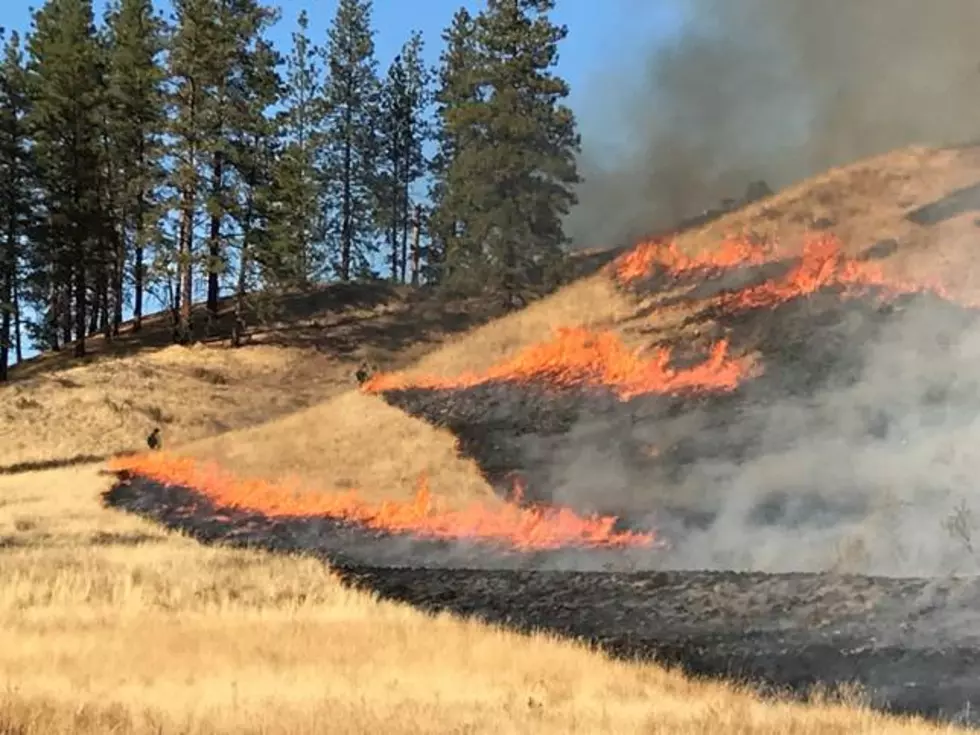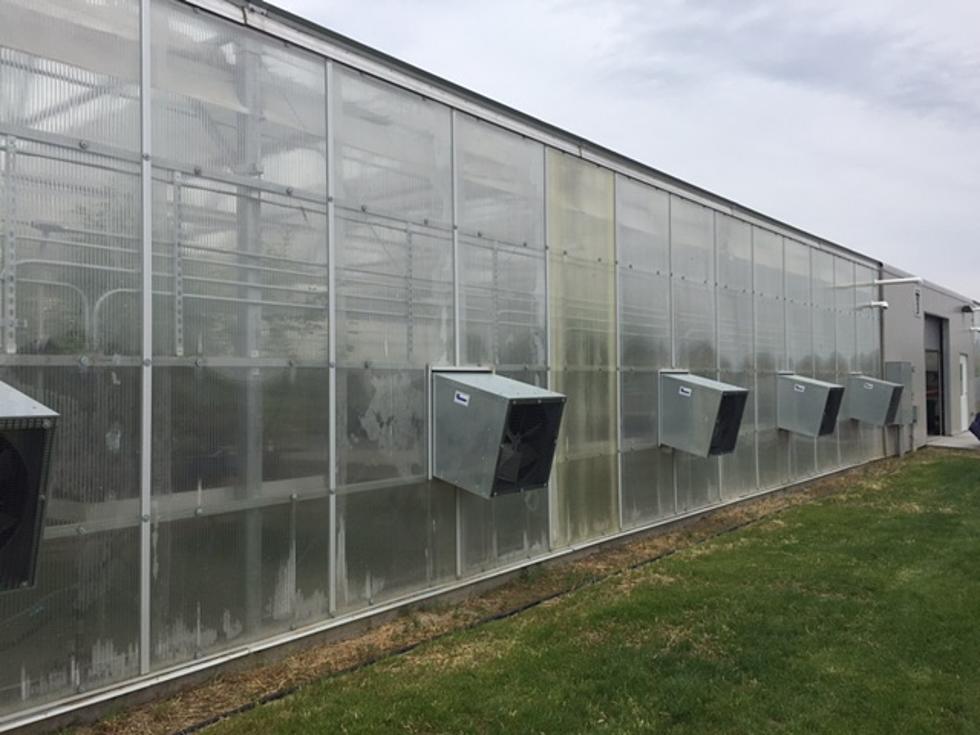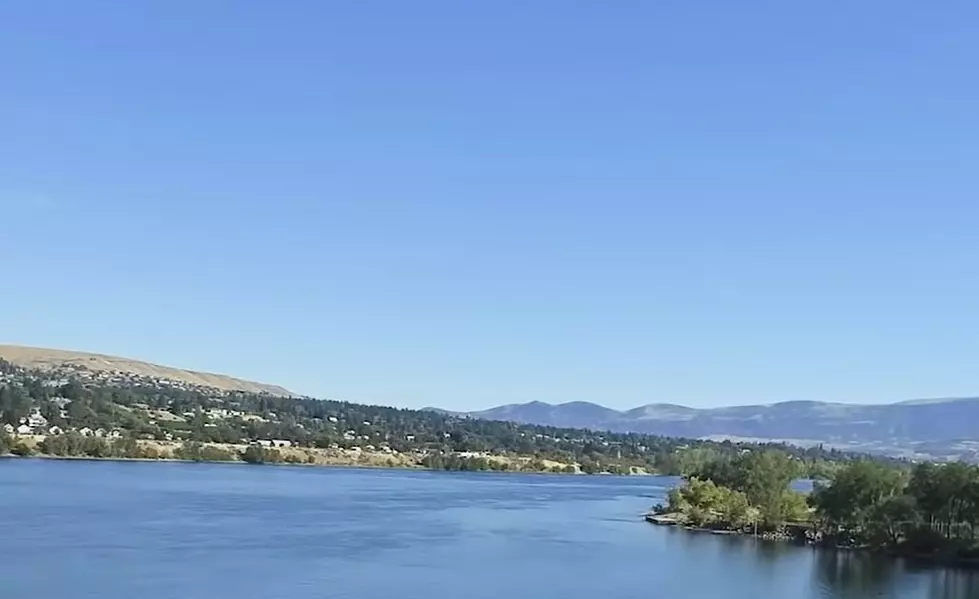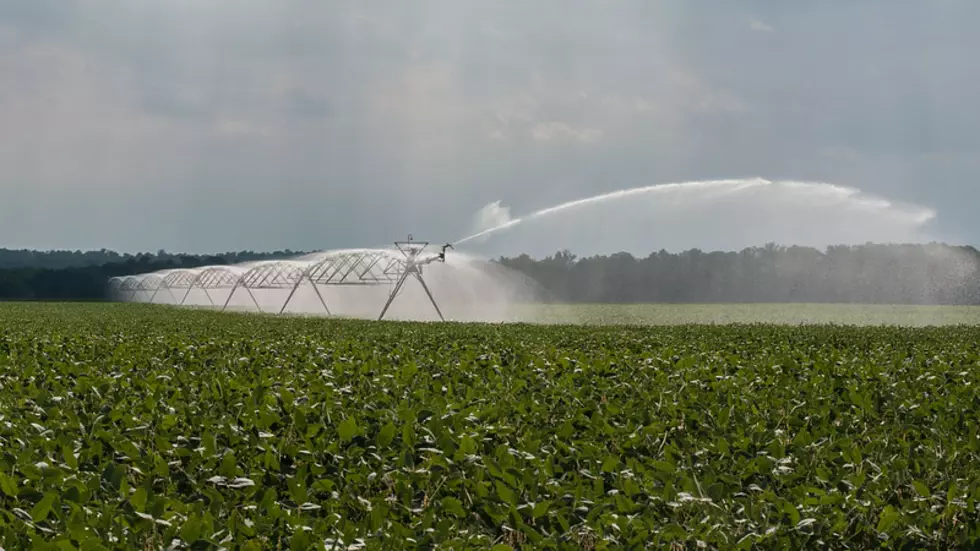
Washington Smoke Management Plan Approved
SEATTLE – The U. S. Environmental Protection Agency has approved Washington State’s updated Smoke Management Plan under the Clean Air Act. The Smoke Management Plan regulates prescribed burning on forest land aimed at reducing fuel loading, restoring forest ecosystems, and potentially reducing the risk to communities from catastrophic wildfires, while minimizing air quality impacts from smoke.
“As wildfires become more frequent and severe, particularly here in the Northwest, we are working closely with our local, state, tribal and federal partners to help prevent, prepare for, and mitigate those risks and impacts,” said Casey Sixkiller, Regional Administrator of EPA’s Region 10 office in Seattle. “By increasing the flexibility in the tools and timing for prescribed burning, we can better prevent and reduce the health impacts of smoke from wildfires on our communities.”
Key revisions to Washington’s Smoke Management Plan are expected to modernize the approval process so that prescribed fire can be a more effective tool to reduce the risk of catastrophic wildfires while also preventing and managing air quality impacts.
“Prescribed burning is a critical component of DNR’s continued forest health work,” said Commissioner of Public Lands Hilary Franz. “Using ‘good fire’ to remove potential fuels safely and efficiently makes our forests and grasslands healthier and less susceptible to the explosive wildfires that have filled Washington’s summer skies with smoke the last decade. With this plan, we’ll be able to do the work we need to keep our skies and lungs clear.”
“In recent years, wildfire smoke has repeatedly blanketed Washington, taking an enormous toll on the health of our state’s communities,” said Heather Bartlett, Ecology’s deputy director. “This updated plan provides an important tool for preventing wildfire, and we’re pleased we were able to work with our partners to protect air quality and public health.”
Wildfire has had a serious impact on communities across Washington during the past decade with many large-scale wildfires impacting air quality. Prescribed fires are increasingly used as a land management tool to help reduce the likelihood of potentially catastrophic wildfires by reducing the buildup of unwanted fuels and strengthening ecosystems. Prescribed burning —the controlled application of fire to wildland fuels— is done under specific environmental conditions and protocols, confined to a predetermined area and on a limited intensity and scale required to attain forest land management objectives. The State anticipates increasing the application of prescribed fire in response to the increasing threat of wildfires in Washington.
The Department of Natural Resources has jurisdiction for prescribed burning on forest lands in Washington State, while the Department of Ecology is responsible for updating and implementing the Clean Air Act State Implementation Plan. EPA last approved the Washington Smoke Management Plan in 2003. Following significant wildfires, the Washington State Legislature directed the Department of Natural Resources to study prescribed burning practices and improvements needed to the Smoke Management Plan and to increase the pace and scale of prescribed burning to reduce fuel loads and help prevent catastrophic wildfire. Ecology submitted the updated Smoke Management Plan for review, approval, and inclusion in the State Implementation Plan in August 2022.
For more information on prescribed burns, restrictions and permits in Washington state, visit the Department of Natural Resources Burn Portal at: https://burnportal.dnr.wa.gov/
For wildfire smoke information in Washington state, including health risks, air monitoring and forecast smoke levels, visit Ecology’s Smoke and Fire Management page at: https://ecology.wa.gov/Air-Climate/Air-quality/Smoke-fire
The interagency Washington Smoke Blog provides also real-time information on current wildfire smoke conditions and wildfire updates at: https://wasmoke.blogspot.com/
Source: U.S. Environmental Protection Agency Region 10 (PNW)
10 Ways to Protect Yourself from Washington Mosquitoes
More From PNW Ag Network









